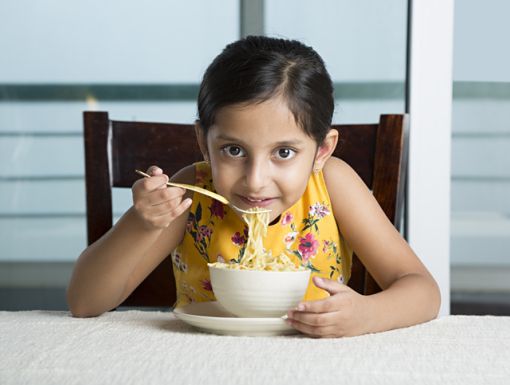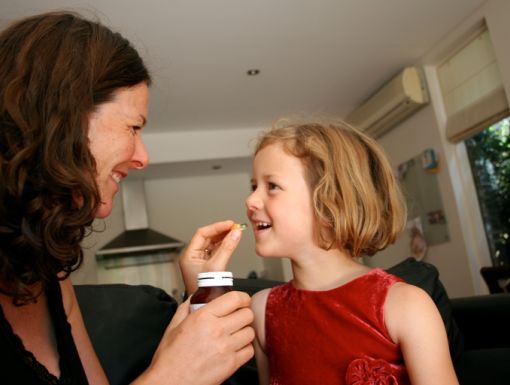
10 Tips for Making and Storing Homemade Baby Food
Disclaimer: This blog discusses making and storing homemade baby food, not homemade baby formula. Ochsner Health and Ochsner Hospital for Children do not recommend or promote making homemade baby formula. For information on feeding your infant, please contact your pediatrician.
Open wide, baby! It is an exciting time when you realize your baby is ready to start with solid foods. Making your own baby food is a simple and cost-effective way to stay in charge of your baby's nutrition. Read on to learn helpful tips for making and storing homemade baby food.
Before offering purées, it is important to ensure your baby is developmentally ready for solid foods. While every child develops at a different rate, most babies are ready at around six months of age.
There are five important developmental signs of readiness to be on the lookout for. The American Academy of Pediatrics recommends that parents be sure their child:
- Can sit up mostly on their own
- Can hold their head up for a long time
- Shows interest in food
- Continues to be hungry between nursing or bottle feedings
- Doesn't automatically push food out of their mouth with their tongue
Your pediatrician can help guide you in getting started.
How do I make homemade baby food?
For most homemade meals, you can use household appliances like a blender, food processor or immersion blender, or you can splurge on an all-in-one baby food maker.
Always start with offering single-food purées only. Offer only one new food every 3-5 days to determine if your baby tolerates it well and to watch for potential allergic reactions.
Once your baby has been introduced to several single-food purées, the blends are endless. Try avocado with banana, carrots with apples, peas with pears. Mixing a variety of flavors will help to keep baby’s meal fun and exciting.
When first starting, the puréed food should be thin and easy to swallow with no visible lumps. You can add water by the tablespoon to reach the desired consistency. As baby grows, he or she can generally handle food with thicker consistencies. By 8-9 months, your baby will likely be ready for chunkier and more textured solids.
Here are five tips for preparing baby food at home:
- Wash, peel and chop produce and remove seeds or pits.
- For hard fruits and vegetables like apples, butternut squash and sweet potatoes, steaming will be necessary before puréeing. Soft fruits and vegetables like avocado, banana, peas, green beans and pears are often ready to purée without any additional prep. If necessary, strain foods to remove any stray peels or other hard-to-digest items.
- Purée fresh fruit and vegetables until a thin, completely smooth consistency is reached. If using canned fruit or vegetables, choose vegetables canned without added salt or fruits canned in their own juices. If using fresh or frozen foods, save the water after steaming them as it is very dense in nutrients and can be added if needed for thinning the consistency.
- Avoid adding sugar or salt, but feel free to use small amounts of other herbs or spices like cinnamon, cumin or basil as your baby gets more comfortable with solid foods.
- Be sure the texture is appropriate for your child's age and stage of eating. As your baby grows, he or she can tolerate thicker or lumpier foods.
How do I store homemade baby food?
Now that you have made healthy and delicious meals for your baby, it’s time to store them properly. Typically, one or two small fruits or vegetables can make the equivalent of 6-8 jars of baby food, so one meal prep session can often make enough food for a whole week.
You can freeze homemade baby food for up to three months. Unfrozen baby food should be kept in the refrigerator for no longer than two days.
Here are some helpful tips for storing homemade baby food:
- Freeze puréed food in ice cube trays, food cubes or even reusable food pouches.
- Homemade baby food frozen in ice cube trays should be used within four weeks. Otherwise, remove the frozen cubes from the tray and store them in a clean freezer bag for longer storage.
- Clearly label and date purees in the freezer.
- If storing food in the refrigerator, be sure it is in a covered, airtight container.
Baby’s first food is a fun, exciting and often messy step in the journey of parenthood! Homemade baby food can help to add even more fun and variety. Here’s to happy babies with happy bellies!



